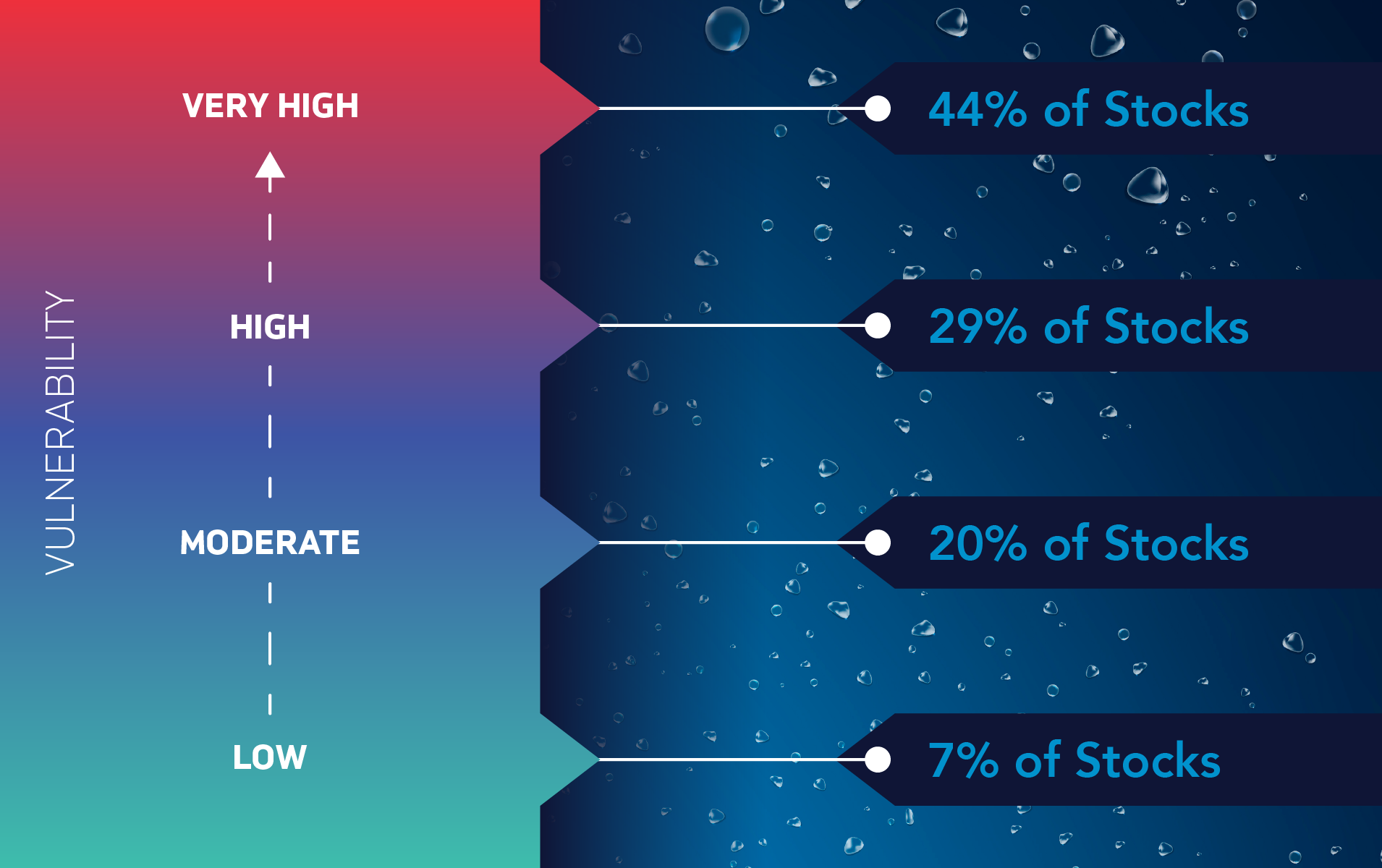Assessing Marine Mammal Populations in a Changing Climate
Whales, dolphins, and seals are some of the most beloved ocean creatures. But as the oceans continue to warm, these animals, and marine mammals like them, face increasing ecological threats. Recently, ECS led a study measuring the vulnerability of marine mammal populations in the Atlantic for the National Oceanic and Atmospheric Administration (NOAA) Fisheries Office of Science and Technology.
Improving Ocean Stewardship
In order to make informed management decisions, environmental policymakers must first understand the scale and depth of the problem. What kind of ecological changes can we expect in the next 10 years? 25 years? 50? Will these changes impact a species’ ability to grow and thrive? If so, by how much? Which species are most vulnerable to a changing climate? The answers to these questions, however, are often spread across a large range of papers, experts, and even scientific disciplines. Transforming the data into actionable insights can be arduous and complex work.
That’s where climate vulnerability assessments come in. These studies synthesize biological, environmental, and ecological data to help scientists and decision makers identify and classify where populations may be most vulnerable based on projected changes in the environment.
Transforming Ocean Data Into Insights
Using a variety of factors like in the rubric to the right, ECS helped evaluate 108 marine mammal stocks in the western North Atlantic, Gulf of Mexico, and Caribbean Sea and assigned a vulnerability score to each. These scores are used to classify which species and populations are most vulnerable to climate change. Scores ranged from “very high” to “high,” “moderate,” and “low” vulnerability.
For example, a creature that relies on a single source of food, a single environment, or takes a long time to mature and reproduce might be considered highly vulnerable given their inability to move or adapt food sources in response to external stressors.
Forecasting a Changing Ocean
The results found that most marine mammals’ stocks ranked as highly or very highly vulnerable to climate change and environmental impacts. “Stock” is a commonly used unit in fishery assessment and management. It refers to a group of organisms of the same species that occupy the same geographic area and interbreed when mature.
Examples of Vulnerable Stocks

Northern Right Whale

Rice’s Whale

Bottlenose Dolphin
Better Data. Better Insights. Better Management.
Climate vulnerability assessments like this one are critical to understanding the state of our ocean and the species that live within it. By assessing a stock’s vulnerability to climate change, researchers and managers can better characterize threats and explore approaches to reducing climate impacts on vulnerable populations.
The challenge is large. Climate change, however, is only one of several factors exerting pressure on marine mammal populations in the United States. But at ECS, we’re dedicated to helping steward and protect our nation’s environment.







